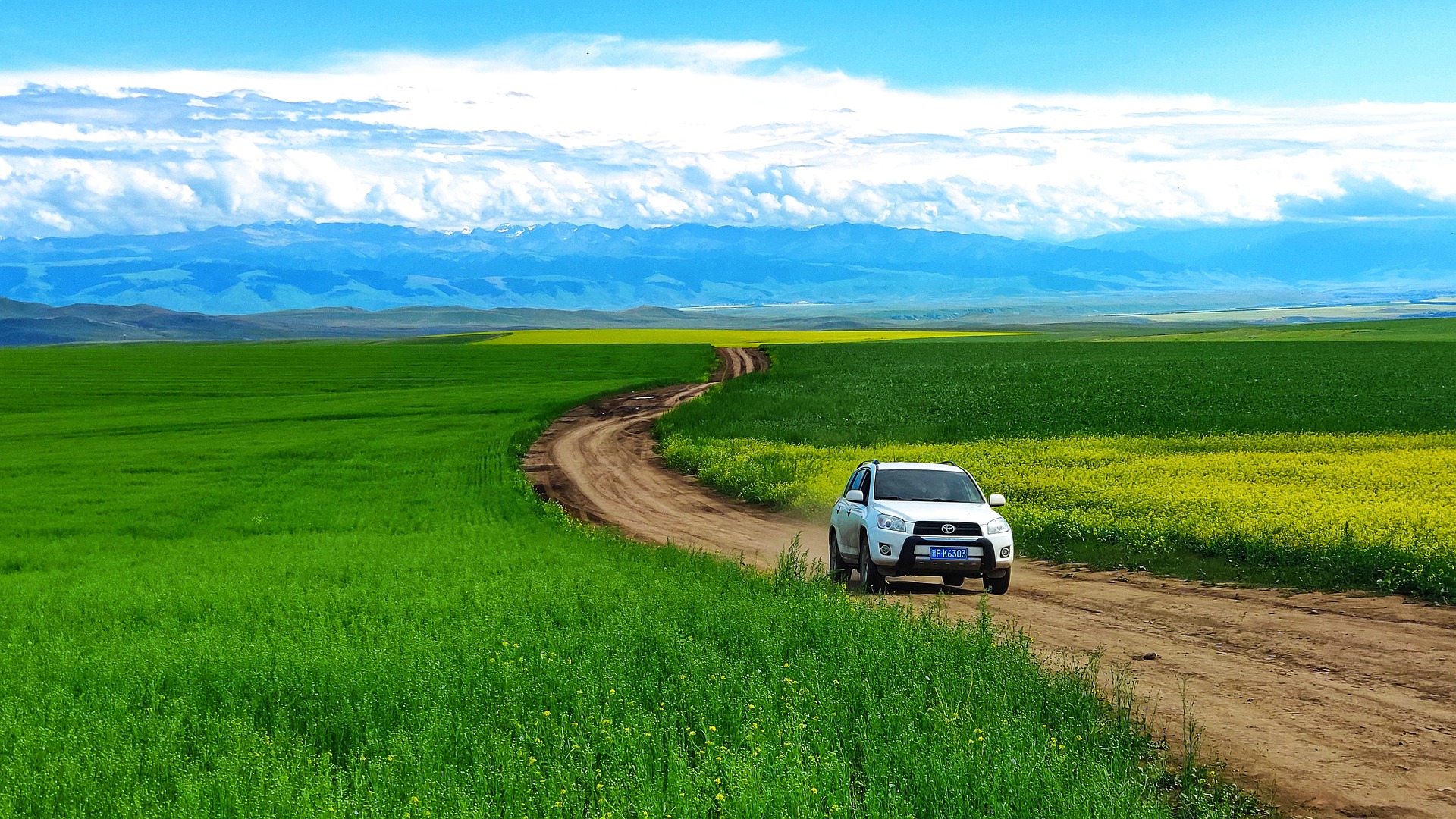Invigorating Your Travels with Adventure Racing: An Emerging Trend
Adventure racing is an exhilarating blend of multiple sporting disciplines such as orienteering, trail running, mountain biking, paddling, and even various forms of rope work. While it may seem like a new concept, adventure racing, in its earliest form, can be traced back to the 1900s with the 'Karrimor International Mountain Marathon' in the UK. The modern form of adventure racing, however, emerged in the late 1980s with the inception of the 'Raid Gauloises,' a multi-sport team event that took competitors through some of the world's most challenging landscapes. Over the years, the sport has evolved, with events such as the 'Eco Challenge' and 'Primal Quest' gaining international recognition and drawing thrill-seekers from across the globe.
Contemporary Adventure Racing: A Travel Trend on the Rise
Currently, adventure racing is experiencing a surge in popularity, morphing into an emerging trend in the travel and transportation sector. With an increasing number of people seeking out adrenaline-fueled experiences, adventure races offer an exciting alternative to traditional tourism. It provides individuals a chance to connect with nature, challenge their physical and mental limits, and explore lesser-known destinations. These races are often staged in stunning yet remote locations, offering competitors an immersive travel experience that combines sports, team-building, and exploration.
Advantages, Challenges, and Impact of Adventure Racing
Adventure racing offers numerous benefits. It promotes physical fitness, mental resilience, and teamwork. It also introduces competitors to new environments, cultures, and experiences. However, it’s not without its challenges. Participants must be physically fit, possess a range of outdoor skills, and be prepared for unpredictable weather and terrain. The races can also be logistically complex, requiring detailed planning and coordination.
From a travel perspective, adventure racing can stimulate local economies by attracting international competitors and spectators. It can also promote sustainable tourism by raising awareness of the natural environment and instigating conservation efforts. However, it’s important that race organizers implement measures to minimize the environmental impact of such events.
Empirical Backing
Research from the Journal of Sport & Tourism highlights that adventure racing can contribute to personal development and environmental stewardship. It also underscores the potential for adventure racing to stimulate tourism in rural and remote locations.
Refreshing Your Travel Plans with Adventure Racing
-
Consider your fitness level and outdoor skills: Adventure racing is physically and mentally demanding. Prior to signing up, assess your fitness level, outdoor skills, and mental resilience.
-
Choose an event that suits your experience: Adventure races vary in length and difficulty. Beginners might want to start with shorter, less technical races before progressing to more challenging events.
-
Prepare thoroughly: Training for an adventure race involves more than just physical preparation. You’ll need to hone a variety of outdoor skills, including navigation, ropes work, and wilderness survival.
-
Respect the environment: Adventure races often take place in pristine natural environments. It’s crucial to minimize your impact by following Leave No Trace principles.
Final Thoughts
Adventure racing is more than a sport—it’s a travel experience that pushes boundaries and encourages exploration. As this trend continues to grow, it’s likely that we’ll see an increase in adventure races staged in unique and remote destinations, offering competitors and spectators alike the chance to explore the world from a whole new perspective. So, if you’re looking for a fresh and exciting way to invigorate your travels, why not consider embarking on an adventure race? The journey might be challenging, but the rewards are undoubtedly worth it.





